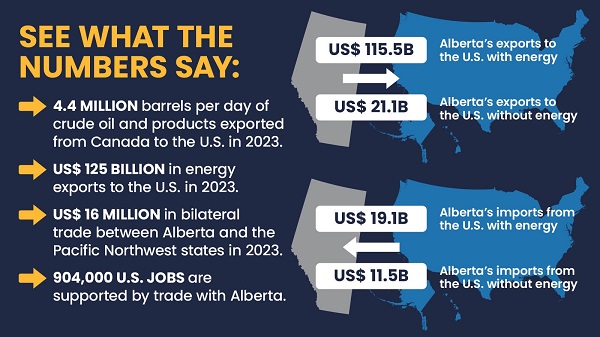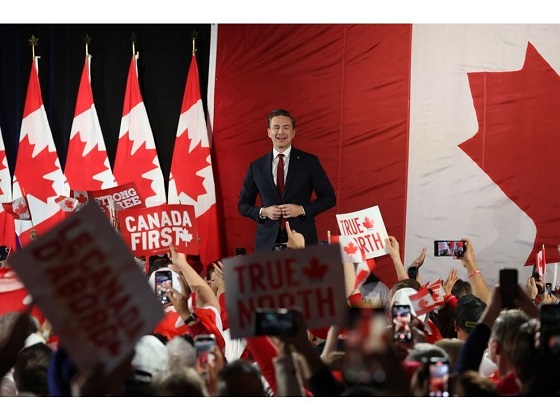Business
The NSA’s Secret Sex Chats

|
|
Intelligence officials maintained a chatroom to discuss polyamory and transgender surgeries, internal documents reveal.
The “intelligence community” is one of the most powerful parts of the American national security apparatus. In theory, it works tirelessly to keep the nation safe. But according to internal documents that we obtained, some intelligence agency employees have another on-the-job priority: sex chats.
We have cultivated sources within the National Security Agency—one current employee and one former employee—who have provided chat logs from the NSA’s Intelink messaging program. According to an NSA press official, “All NSA employees sign agreements stating that publishing non-mission related material on Intelink is a usage violation and will result in disciplinary action.” Nonetheless, these logs, dating back two years, are lurid, featuring wide-ranging discussions of sex, kink, polyamory, and castration.
One popular chat topic was male-to-female transgender surgery, which involves surgically removing the penis and turning it into an artificial vagina. “[M]ine is everything,” said one male who claimed to have had gender reconstruction surgery. “[I]’ve found that i like being penetrated (never liked it before GRS), but all the rest is just as important as well.” Another intelligence official boasted that genital surgery allowed him “to wear leggings or bikinis without having to wear a gaff under it.”
These employees discussed hair removal, estrogen injections, and the experience of sexual pleasure post-castration. “[G]etting my butthole zapped by a laser was . . . shocking,” said one transgender-identifying intel employee who spent thousands on hair removal. “Look, I just enjoy helping other people experience boobs,” said another about estrogen treatments. “[O]ne of the weirdest things that gives me euphoria is when i pee, i don’t have to push anything down to make sure it aims right,” a Defense Intelligence Agency employee added.
These revelations come at a moment of heightened scrutiny for the intelligence community. President Donald Trump, Defense Secretary Pete Hegseth, and Director of National Intelligence Tulsi Gabbard have each made the case that the intelligence agencies have gone “woke,” prioritizing left-wing activism over national security. These chat logs confirm their suspicions and raise fundamental questions about competence and professionalism.
According to our sources, the sex chats were legitimized as part of the NSA’s commitment to “diversity, equity and inclusion.” Activists within the agency used LGBTQ+ “employee resource groups” to turn their kinks and pathologies into official work duties. According to the current NSA employee, these groups “spent all day” recruiting activists and holding meetings with titles such as “Privilege,” “Ally Awareness,” “Pride,” and “Transgender Community Inclusion.” And they did so with the full support of NSA leadership, which declared that DEI was “not only mission critical, but mission imperative.”
In this case, “diversity” was not a byword for racialism, but rather a euphemism for sex talk. Last January, chatroom members discussed their practice of polyamory, or “ethical non-monogamy.” “[A] polycule is a polyamorous group,” one employee explained. “A is my [girlfriend], and B-G are her partners. . . . then B&C are dating but not C&D, nor E, F, or G with any of the others, though there are several MWB (metas-with-benefits) connections.” Another employee claimed to be part of a nine-member “polycule,” adding that “some of our friends are practically poly-mers, with all the connected compounds.”
At other times, the conversations became explicit. The active source at the NSA claimed to have witnessed hundreds of sexually provocative discussions, which, he added, occurred mostly on taxpayer time. The former NSA source who was familiar with the chats recalled being “disgusted” by a particularly shocking thread discussing weekend “gangbangs.”
The NSA sources also raised the question of some staffers’ mental fitness for the job. In one chat, an NSA employee insists on using “it” pronouns in lieu of the human “he” or “she” pronouns. “[I]t/its user here. While I understand we can make some people uncomfortable, keep in mind that the dehumanizing aspect either a) doesn’t apply or b) is a positive effect when we’re requesting it.” A commenter who disagreed was quickly dismissed by employees of the NSA and CIA, who claimed that refusing to use “it/its” pronouns amounted to “erasing” a transgender identity.
“These are folks with top secret clearances believing they are an IT!” said the NSA source.
With the Trump administration taking over, we may see changes. The NSA source said that staffers involved in employee resource groups fear the end of DEI. “[T]here are legal restrictions in place, but this admin has shown they don’t give a f**k about legality,” a staffer in space intelligence remarked about DEI staffers being placed on leave. Others have expressed opposition to Trump’s cabinet nominees.
A conflict is coming. These NSA chat logs suggest the presence of at least hundreds of gender activists within the intelligence services who cannot distinguish between male and female, and who believe that discussing castration, polyamory, and “gangbangs” is an appropriate use of public resources. For psychological and ideological reasons, these kinds of people will not be easily sidelined. The Trump administration should not only dismantle the structure of DEI but also terminate the employees who use it to advance gender activism at the expense of national security.
 |
A guest post by
|
Subscribe to Christopher F. Rufo.
For the full experience, upgrade your subscription.
Business
Liberal leadership debate sees candidates bash Trump, promise to fight ‘climate change’
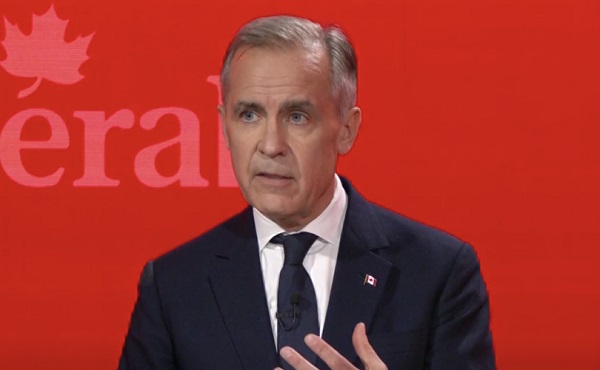
From LifeSiteNews
Monday’s debate saw candidates Chrystia Freeland, Mark Carney and others accuse U.S. President Donald Trump of being the nation’s biggest threat while also restating their commitment to fighting ‘climate change.’
The first debate among Liberal leadership hopefuls Monday night saw the candidates focus heavily on bashing U.S. President Donald Trump, with all in the running also pledging their commitment to fighting “climate change.”
The French language debate, held in Montreal, saw frontrunner Mark Carney, former Finance Minister Chyrstia Freeland, and the two other lesser-known candidates, former House leader Karina Gould and former Liberal MP Frank Baylis, debate for two hours on a variety of topics, with Trump-bashing taking center stage. Freeland and Carney in particular, both of whom have ties to the globalist World Economic Forum, claimed Trump is the biggest threat Canada has faced in decades.
When asked about Trump’s ongoing threat to impose 25 percent tariffs on all Canadian goods at the start of March, Carney said, “Today’s Trump is very different from the Trump of the past,” asserting he is “more aggressive” than ever and that “he wants our country.”
Carney, who has a history of pushing the climate change narrative, was asked about his recent comments suggesting he would use emergency powers to combat Trump’s tariff threats by green-lighting energy projects in an attempt to make Canada less dependent on its neighbor to the south.
In response, Carney, whose proficiency in French seemed weaker than the others, appeared to hold back on committing to the building of pipelines from Alberta to Eastern Canada, but saying that such a project could be “possible.”
“70% of our oil comes from the U.S., our neighbor. No longer our friend, of course,” he added.
For Freeland’s part, she claimed that “Trump represents the greatest threat to Canada since World War II,” later boasting that she is the “only” one who could take on Trump via negotiation.
All the candidates said they “completely agree” that Trump is Canada’s largest “threat,” and all took turns bashing their biggest political rival, Conservative Party leader Pierre Poilievre, labeling him incompetent.
The leadership candidates also all agreed that “fighting” climate change was a priority but did not elaborate on what they would do differently than Prime Minister Justin Trudeau, whom they all praised for his “climate” leadership. Carney and Freeland, both of whom have long supported carbon taxes, vowed to eliminate the consumer carbon tax despite standing by it for years.
In addition to their ties to the WEF, both Freeland and Carney have a history of promoting or endorsing anti-life and anti-family agendas, including abortion and LGBT-related efforts.
Freeland is known by many as being the finance minister responsible for freezing the bank accounts of the 2022 Freedom Convoy participants and donors, actions Carney endorsed at the time.
Carney also recently admitted to being a “globalist” and an “elitist,” but defended the labels as positives.
The Liberal Party of Canada will choose its next leader, who will automatically become prime minister, on March 9, after Trudeau announced that he plans to step down as Liberal Party leader once a new leader has been chosen.
With respect to Trump, he has mentioned multiple times that he desires to annex Canada and turn it into a state.
Trump’s talk of taking over Canada by economic force comes at the same time he has threatened to impose massive tariffs on the nation.
Canada was given a 30-day reprieve from 25 percent tariffs by Trump at the end of January after Trudeau promised in a call to increase border security and crack down on fentanyl at the border. However, Trump has imposed a 25 percent tariff on steel and aluminum products.
Bjorn Lomborg
We need to get smart about climate
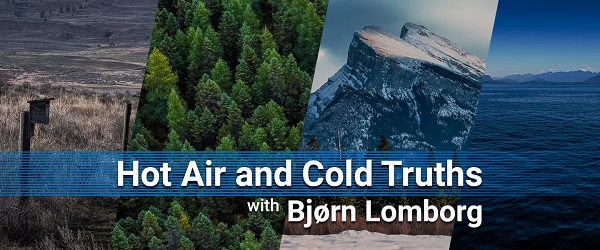
From the Fraser Institute
APPEARED IN THE FINANCIAL POST
By: Bjørn Lomborg
Canada’s chattering classes claim that climate change is one of the country’s pre-eminent threats. This is extraordinary. Canada is experiencing a productivity slowdown, the worst decline in living standards in 40 years, and growth rates that lag most developed economies. Geopolitical threats loom, the healthcare system is under stress and education is faltering. Yet the federal government has spent or committed more than $160 billion on climate initiatives since 2015, and is funneling $5.3 billion to help poor countries respond to climate change.
Like most nations, Canada faces tough decisions in coming decades. Resources spent on climate will not be not available for health, education, security or boosting prosperity.
Global warming is a real problem. Science has shown quite clearly that more CO₂, mostly from fossil fuel use, increases global temperatures. Climate economics has shown how this brings both problems and benefits (for instance, more deaths caused by heat, fewer by cold) but, overall, more problems than benefits. More CO₂ means higher social costs, so reducing CO₂ does have real benefits.
But climate policies also have costs. They force families and businesses to use more expensive energy, which slows economic growth. You might have heard otherwise but if the new ways really were cheaper, no regulations or mandates would be needed.
If climate change were treated like any other political issue, we would openly recognize these trade-offs and try to balance them to get the most climate benefits for the least cost, recognizing that climate policies need to compete against many other worthy policies.
But in two important ways the climate conversation has gone off the rails.
First, people say — wrongly — that global warming is an existential challenge, risking the end of mankind. Of course, if the world is about to end, it follows that any spending is justified. After all, if a world-obliterating meteor is hurtling towards us, we don’t ask about the costs of avoiding it.
Second, it is also often claimed — somewhat contradictorily — that the green transition will make energy cheaper, societies safer and everyone richer. In this “rainbows and unicorns” scenario, there are no trade-offs and we can afford climate policy and everything else.
Both claims are repeated ad nauseam by Canadian politicians and activists and spread by media hooked on selling climate catastrophes and green utopias. But both are quite untrue.
That is why I’m writing this series. I will outline how many of the most sensationalist, scary climate stories are misleading or wrong and ignore the best climate science. Being data-driven, I will show you this with the best peer-reviewed data and numbers.

So: Is climate change the world’s all-encompassing problem today? One way to test this is to look at extreme weather, which we constantly hear is having an ever-larger impact on our societies. But the data paint a very different picture (see chart).
We have good evidence for the number of people killed in climate-related disasters, i.e., floods, storms, droughts, and fires. (We’ll look at temperature deaths next week.) A century ago, such disasters routinely killed hundreds of thousands, even millions of people in a single disaster. On average, about half a million people a year died in such disasters. Since then, the death toll has declined precipitously. The last decade saw an average of fewer than 10,000 deaths per year, a decline of more than 97 per cent.
Of course, over the past century the world’s population has quadrupled, which means the risk per person has dropped even more, and is now down by more than 99 per cent. Why this great success story? Because richer, more resilient societies with better technology and forecasting are much better able to protect their citizens. That doesn’t mean there is no climate signal at all, but rather that technology and adaptation entirely swamp its impact.
In the same way, climate’s impact on overall human welfare is also quite small. In proportion to the total economy, the cost of climate-related disasters has been declining since 1990. Looking to the future, the best estimates of the total economic impact of climate change come from two major meta-studies by two of the most respected climate economists. Each shows that end-of-century GDP, instead of being 350 per cent higher, will only be 335 per cent higher.
“Only” becoming 335 per cent richer is a problem, to be sure, but not an existential threat. Despite that, as this series will show, many of the most draconian climate policy proposals so casually tossed around these days will do little to fix climate but could dramatically lower future growth and the opportunities of future generations.
We need to get smart on climate. This series will map out how.
-

 Addictions1 day ago
Addictions1 day agoDoes America’s ‘drug czar’ hold lessons for Canada?
-
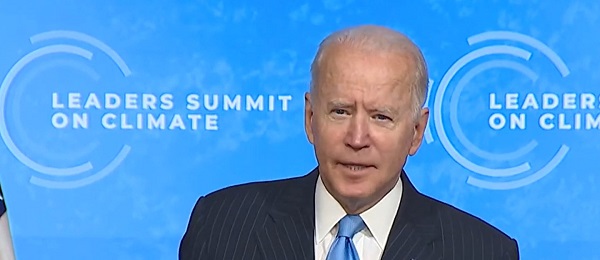
 Business1 day ago
Business1 day agoBiden’s $20B grant to climate groups involved “self-dealing”
-
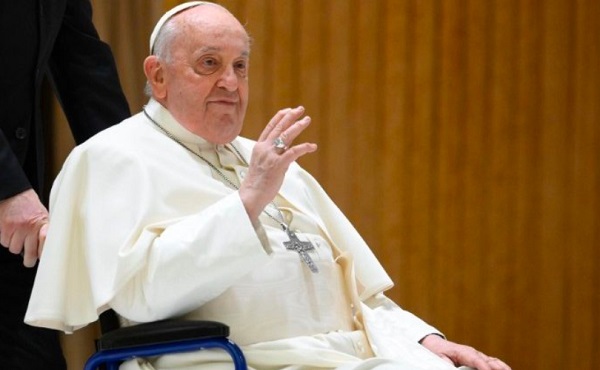
 International1 day ago
International1 day agoVatican reports ‘slight improvement’ in Pope Francis’ condition
-

 Artificial Intelligence1 day ago
Artificial Intelligence1 day agoApple bets big on Trump economy with historic $500 billion U.S. investment
-

 Daily Caller23 hours ago
Daily Caller23 hours agoMigrants Won’t Be Putting Their Feet Up At One NYC Hotel Much Longer
-
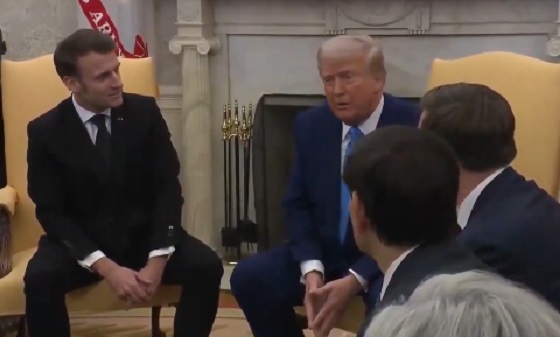
 conflict1 day ago
conflict1 day agoTrump meets Macron at White House, says Ukraine war ending soon
-

 Agriculture22 hours ago
Agriculture22 hours agoHow USAID Assisted the Corporate Takeover of Ukrainian Agriculture
-

 Bruce Dowbiggin23 hours ago
Bruce Dowbiggin23 hours agoWayne’s World Has Moved South. Canadians Are Appalled. Again.




